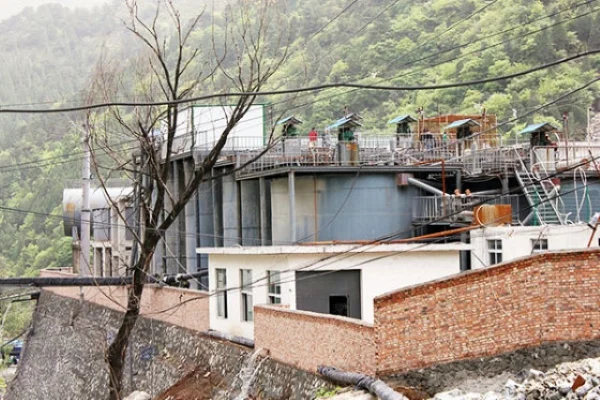
In the Gold mining industry, the Cyanidation process plays a crucial role in extracting gold from ore. For a 30 t/d small-scale carbon-in-pulp (CIP) plant of a certain gold mine, a significant adjustment has been made regarding the addition site of Sodium cyanide, which has brought about notable changes in the production operation.
Introduction
The original process of this gold mine's CIP plant involved adding Sodium Cyanide at one point in the agitation tank. However, in an effort to optimize the Gold extraction process, improve process indicators, and enhance economic efficiency, a decision was made to adjust the addition site of sodium cyanide. The new approach is to add sodium cyanide after two stages of grinding.
Process Adjustment Details
The two-stage grinding operation in the gold ore processing is a key step in liberating gold particles from the ore matrix. By adding sodium cyanide immediately after these two grinding stages, it is expected that the cyanide ions can come into contact with the freshly exposed gold surfaces more effectively. This is because the grinding process exposes more gold particles, and the timely addition of sodium cyanide allows for a more rapid and efficient reaction. In the original method of adding sodium cyanide in the agitation tank, there was a certain time lag before the cyanide could interact with the gold particles, and some gold might have been less accessible due to the presence of other minerals or the agglomeration of particles.
Evaluation of Process Indicators
Gold Recovery Rate
After the adjustment of the sodium cyanide addition site, a significant improvement in the gold recovery rate was observed. The more direct contact between cyanide and gold particles led to a more complete dissolution of gold. In the previous process, the gold recovery rate fluctuated around [X]%. However, with the new addition method, the recovery rate has been steadily increased to around [X + Y]%, indicating a more efficient extraction of gold from the ore.
Purity of Gold Product
In addition to the recovery rate, the purity of the gold product also showed a positive change. The optimized process reduced the co-extraction of some impurities, as the earlier addition of sodium cyanide enabled a more selective reaction with gold. The purity of the final gold product increased from [original purity percentage] to [new purity percentage], which is of great significance for improving the quality of the gold product and its market value.
Analysis of Production Costs
Consumption of Sodium Cyanide
One of the major concerns in the cyanidation process is the consumption of sodium cyanide. Surprisingly, after the adjustment of the addition site, the consumption of sodium cyanide decreased. In the original process, due to the less efficient contact with gold particles, a relatively large amount of sodium cyanide was required to ensure a sufficient reaction. However, with the new method, the more targeted addition of sodium cyanide led to a more effective utilization. The consumption of sodium cyanide per ton of ore decreased from [original consumption amount] to [new consumption amount], resulting in significant cost savings.
Energy Consumption
Although the addition site of sodium cyanide changed, the overall energy consumption of the process did not increase. In fact, to some extent, the energy consumption related to the agitation in the later stage of the process decreased slightly. This is because the more efficient reaction at the earlier stage reduced the need for excessive agitation in the agitation tank to promote the reaction between cyanide and gold.
Economic Benefits
Cost Savings
The reduction in sodium cyanide consumption directly led to cost savings. Considering the large-scale production of the gold mine, even a small reduction in the consumption of sodium cyanide per ton of ore can accumulate to a substantial amount over time. In addition, the slight decrease in energy consumption also contributed to cost savings. Overall, the monthly cost savings reached [specific amount], which is a significant improvement in the cost structure of the gold mine.
Increased Revenue
The higher gold recovery rate and improved purity of the gold product brought about increased revenue. With a higher recovery rate, more gold was produced from the same amount of ore. And the improved purity meant that the gold product could be sold at a better price in the market. The combined effect of these two factors led to a significant increase in the monthly revenue of the gold mine, reaching [specific amount].
Conclusion
The adjustment of the sodium cyanide addition site in the gold cyanidation process of this 30 t/d small-scale CIP plant has demonstrated remarkable positive effects. From the perspective of process indicators, both the gold recovery rate and the purity of the gold product have been improved. In terms of production costs, the consumption of sodium cyanide has decreased, and there has been a slight reduction in energy consumption. These changes have ultimately translated into significant economic benefits, with both cost savings and increased revenue. This practice provides valuable experience for other gold mines considering process optimization in the cyanidation process, and it shows that a simple yet well-thought-out adjustment in the addition site of key reagents can have far-reaching positive impacts on the overall production and economic performance of a gold mine.
- Random Content
- Hot content
- Hot review content
- Toxicity Assessment of Sodium Cyanide and Relevant Hazard Prevention Measures
- Sodium Isopropyl Xanthate 90% SIPX
- Food grade Antioxidant T501 Antioxidant 264 Antioxidant BHT 99.5%
- Magnesium Sulfate
- Food Grade 99% Sodium Bicarbonate
- Sodium laureth sulfate
- Sodium benzoate 99% Food Preservative Grade
- 1Discounted Sodium Cyanide (CAS: 143-33-9) for Mining - High Quality & Competitive Pricing
- 2Sodium Cyanide 98% CAS 143-33-9 gold dressing agent Essential for Mining and Chemical Industries
- 3Sodium Cyanide 98%+ CAS 143-33-9
- 4Anhydrous Oxalic acid 99.6% Industrial Grade
- 5Oxalic acid for mining 99.6%
- 6Soda Ash Dense / Light 99.2% Sodium Carbonate Washing Soda
- 7Reagent Grade/Industrial Grade Hydrochloric Acid min.31%
- 1Sodium Cyanide 98% CAS 143-33-9 gold dressing agent Essential for Mining and Chemical Industries
- 2High Quality 99% Purity of Cyanuric chloride ISO 9001:2005 REACH Verified Producer
- 3 High-Quality Sodium Cyanide for Leaching
- 4Powdery emulsion explosive
- 5Industry Grade Electron grade 98% Sulfuric Acid H2SO4 Sulphuric Acid Battery Acid Industrial Sulfuric Acid
- 6Colloidal emulsion explosive
- 7sodium hydrosulfide 70% flakes used Mining Industry

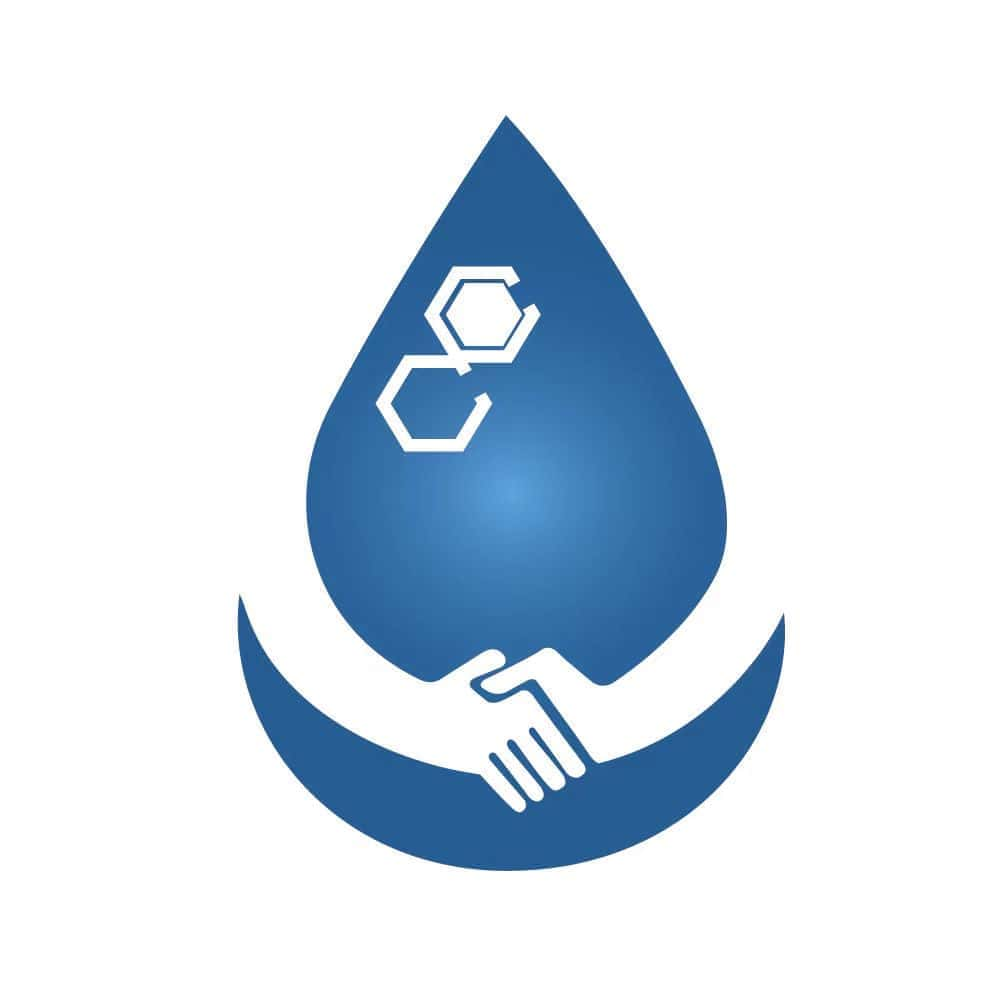
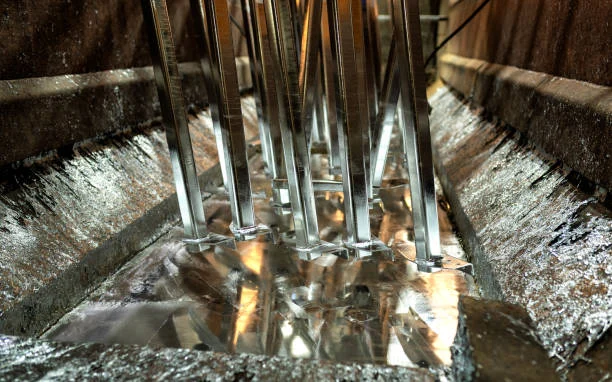
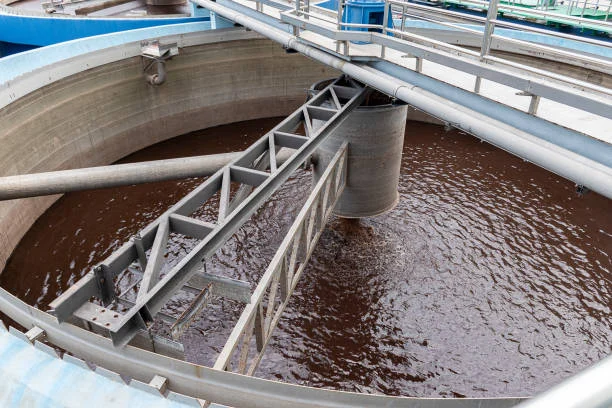
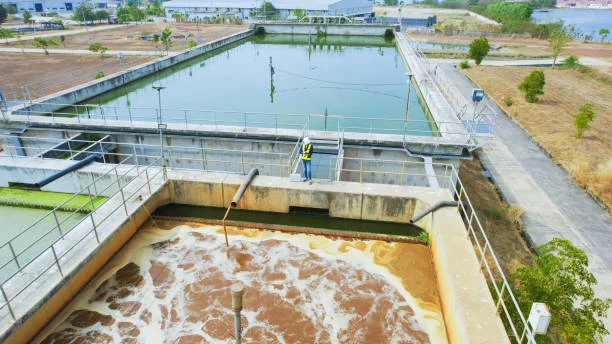

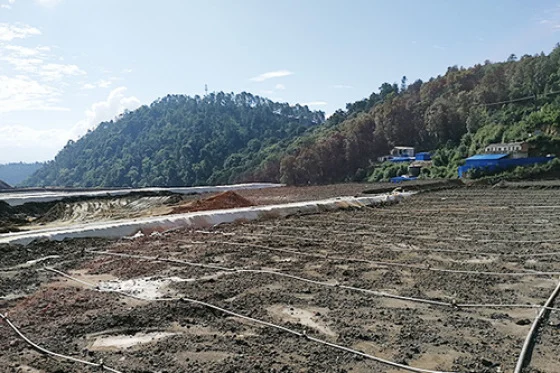
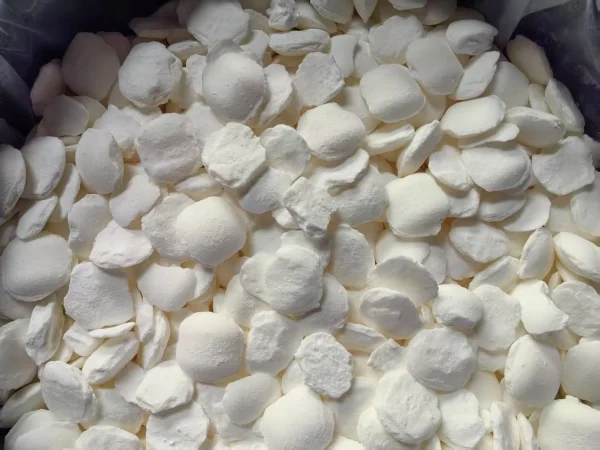
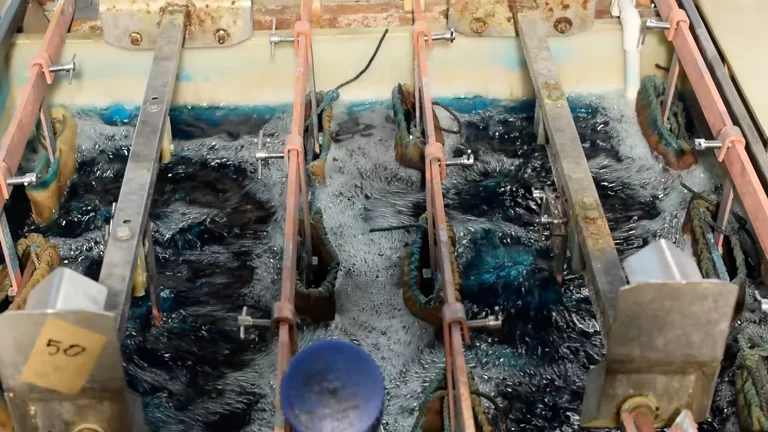



Online message consultation
Add comment: